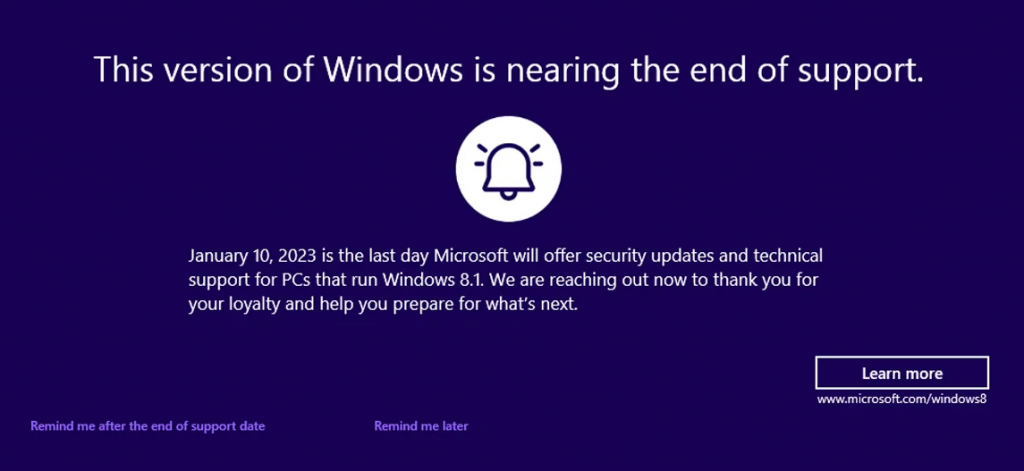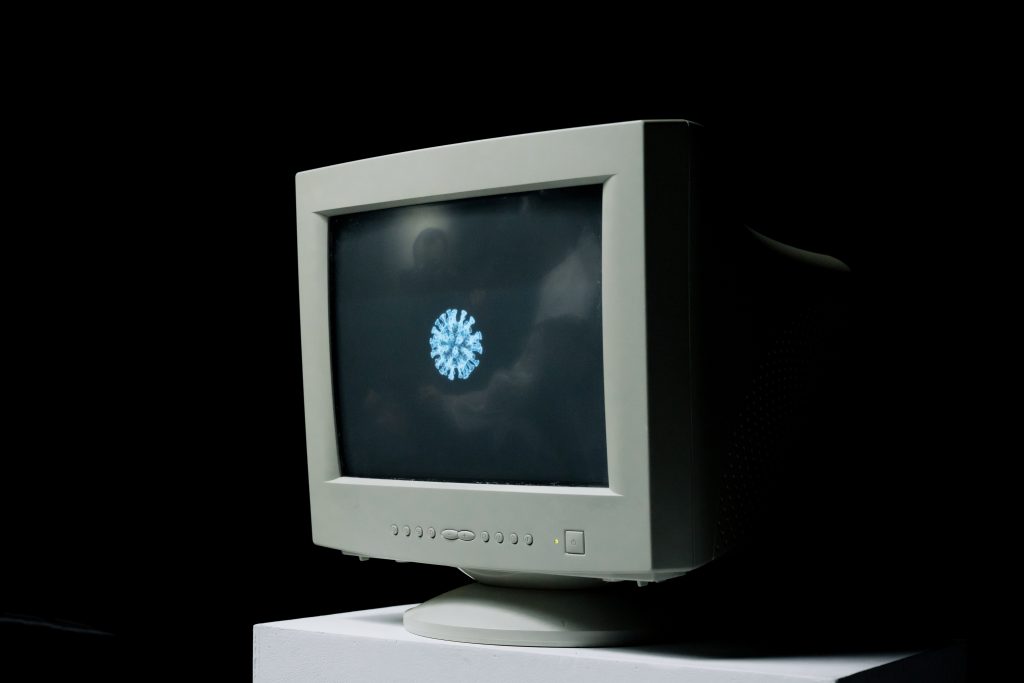Remember the Control Panel? It was the best thing that Microsoft made to adjust and tweak the way their Windows OS worked. But then, starting with Windows 8, we were forced to deal more with their Settings Panels, as they hid away all those classic controls.
But it’s still there. To this day, you can find the Control Panel and use it on any modern Windows computer. Right-click your Start button and select Run. Type the word “control” and click OK. Look familiar? You can also press Win + R on your keyboard and then type “control” to go there, too.
But Control Panel fanatics swear by the “God Mode” panel. I’m not sure we should call it that, seeing as people can be sensitive to throwing around the G-word. The real name of this thing is the Windows Master Control Panel, and it’s a single icon that gets you to a collection of all the essential Control Panel shortcuts you’ll ever need. If this sounds like your jam, here’s how to create this on your computer:
- Highlight, right-click and copy the below string of characters:
GodMode.{ED7BA470-8E54-465E-825C-99712043E01C}
- Go to your desktop wallpaper and right-click a blank area. Hover over “New” and then click “Folder.”
- Press CTRL + V to paste in that string of text as the folder’s name. and then press Enter.
You’re done! You’ll have a new nameless icon on your desktop, and when you double-click it, you’ll feel like a computer deity with all these useful Control Panel functions at your disposal.









